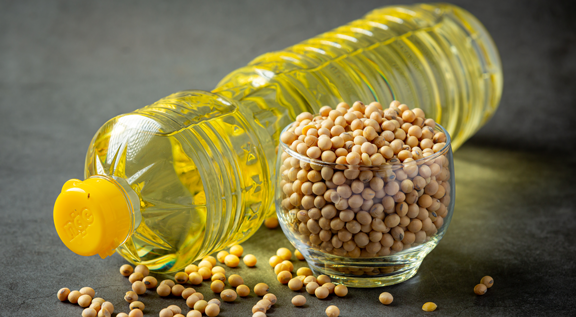
Image: Freepik
{module Form RD}
This occurs, according to him, “because the availability of bran would be very high, considering that, of what is crushed, around 20% becomes oil and the rest is bran”. “In this case, the crushing would have to reach almost 49 million tons of soybeans”, explained Nassar at the online event Opening of Harvest Grains.
And what are the possible implications of this measure on prices? In the assessment of technicians at TF Consultoria Agroeconomia, if these measures, as expected, are implemented, it will bring the following consequences to the Brazilian soybean market:
a) With greater internal demand, grain prices tend to remain firm (not necessarily rise further, but remain at the high levels they are currently at, which already include a profitability of 40.69%, comparing the cost of producing R$ 89.55/bag, according to Deral-PR with the selling price received by farmers in most of the country of R$ 151.00/bag);
b) With greater crushing, there will be a corresponding increase in bran production, which will be available to the country's meat producers. This does not necessarily mean that the price will fall, but that there will be a greater supply of the product, with repercussions on its own prices and that of corn.
By: Leonardo Gottems | agrolink










